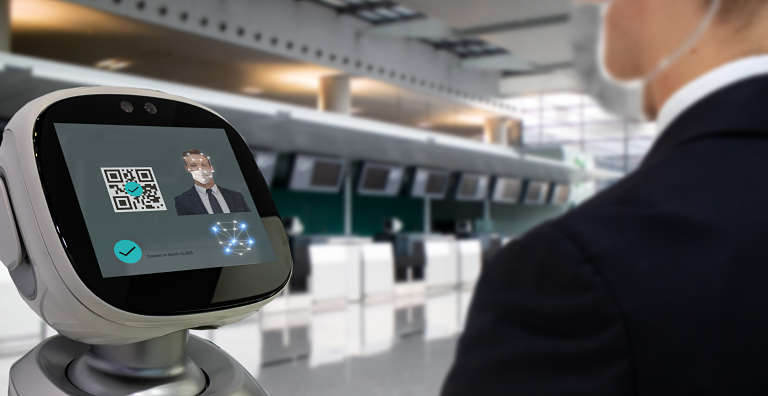The air travel passenger experience is at a low point. For the average traveler, the journey from curb-to-destination is characterized by a series of anxious rushes between long queues and processes — airports are crowded, hectic and stressful places. You only need to look at the headlines from major news to see the dire state of post-pandemic travel.
After a turbulent start to the 2022 travel rush, airlines, airports and government agencies are bracing themselves for more of the same. Last year, airports only processed about 70 percent of the passenger populations characteristic of pre-pandemic aviation. But according to IATA, we are set to see air traveler volumes meeting or exceeding those recorded in 2019. Airlines and airport operators need to be ready.
A Perfect Storm of Challenges
The first step to repairing the passenger experience is diagnosing the core issues facing the air travel sector. In 2023, there are four main challenges plaguing the passenger journey:
- Staffing shortages due to early pandemic layoffs and, later, difficulty hiring
- Additional, friction-heavy screening processes, including health checks
- Overbooked flights that take too long to board
- A pent-up increased demand for travel by passengers accustomed to digital-enabled experiences
Essentially, too many people are traveling through a system that is no longer equipped to handle such high-traffic volumes. Additional touchpoints have been added to the journey, while fewer staff members are available to facilitate them. This throttles the passenger journey, squeezing crowds of hurried passengers into bottlenecks. The resulting delays have a cascading effect on airport operations. More bottlenecks lead to late departures, which in turn lead to late arrivals and further delays.
It’s a serious problem. Thankfully, the solution to these challenges is already part of many existing aviation digital transformation plans.
Digital Identity Verification to the Rescue
Automation and self-service can immediately improve the passenger experience by opening multiple service lanes without requiring additional staffing resources. But to properly implement such measures, a strong and trusted passenger identity must be made foundational to the travel journey. An airport is a high-risk environment, so automating security processes demands that airlines ensure that every passenger is safe and cleared to fly.
Biometrics and digital identity verification are proven technologies that can balance the security and the convenience demanded by the aviation industry.
By introducing a strong digital ID component to the equation, biometrics and digital identity verification technologies enable passengers to flow easily through check-in, security and boarding touchpoints through automated processes. Mobile biometric enrollment and self-service biometric check-in make up for staffing shortages while effectively eliminating the choke points that otherwise strangle airport operations.
Digital ID for aviation is readily available. In fact, prior to the pandemic, aviation stakeholders were already implementing it as part of their digital transformation roadmaps. And that remains the case today: biometric ID management is a priority for IT spending in aviation, with 74% of airports already committed to investing in biometric ID management solutions for passengers by 2024. Just as passengers are returning to the skies, biometrics and digital identity verification will be stepping up to ensure travel runs smoothly and securely.
Of course, the biometrics and digital identity verification technologies at play require a strong foundation of passenger ID. In our next blog post in this series, we will examine the Trust Anchor — an integral element of the elevated passenger journey that ensures security and convenience are built into every air travel touchpoint.
Learn more about how modular identity verification will transform air travel for the better. Download HID’s latest eBook: Elevating the Passenger Journey With Biometrics and Identity Verification.
Interested in learning more about digital identity verification and the future of air travel? Be sure to read the first blog in this series: Imagining the Elevated Passenger Journey.
Vito Fabbrizio is HID's Managing Director of Biometrics for Extended Access Technologies. He has 20+ years of experience in high-tech security hardware and software, driving strategic growth and product visibility for both mature and emerging markets. His unique blend of strategic and hands-on tactical skills has generated proven results to partners and customers in the security industry.
